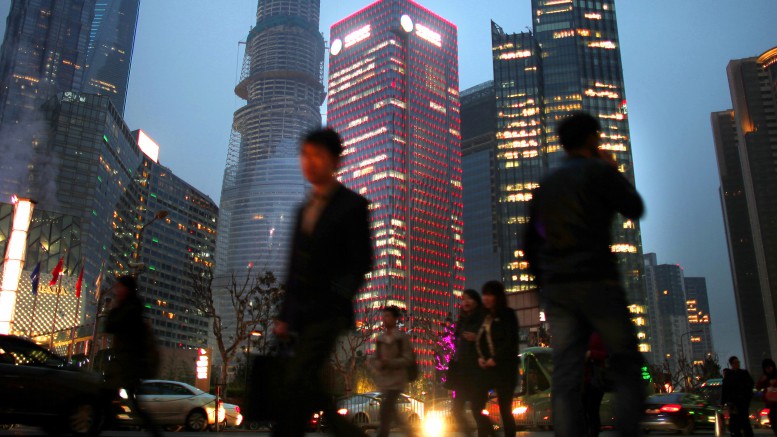Shanghai is once again swayed by a series of contradicting messages from the top. There appears to be varying views on growth and monetary policies, with one school targeting 7.5 percent as the minimum level, while the other is quite relaxed about the attainability of that magic number. At a time of significant property slowdown and investment growth losing steam, which school eventually prevails will determine how stock market confidence will be shaped.
In our view, relaxing restrictions on property purchases, reintroducing discount mortgages or even further monetary easing are likely, given the importance of the property sector in the economy and its multiplier effects. No one is willing to be held responsible for an ugly crash. This is one certainty among the many uncertainties that the market is facing. But nor is anyone willing to inflate the property bubble further.
As such, the scope of policy responses will likely be limited and will be barely enough to offset the slowdown. In a market where there is a general lack of conviction from policymakers and market participants, investors are hard to come by and everyone is a swing trader. Such a mentality makes it difficult for bulls to hold onto long positions. Meanwhile, the bears are also coy because they know full well that the slowdown will not be allowed to degenerate into a free fall. To jolt the market out of its current narrow trading range, something more drastic must happen.
As the United States continues its economic talks with China, we are seeing interesting developments. While Jack Lew continued to pressure China to appreciate the yuan, the central bank has indeed been raising the yuan’s rate in the past few days. This is in contrast with some previous memorable incidents when the yuan experienced sudden depreciations during talks with the United States, most notably during Henry Paulson’s visit in 2008.
Export data suggests the country’s ability to earn foreign currency has weakened. And the market’s expectation about yuan depreciation appears to be difficult to reverse after the rapid depreciation episode in March. Regulators have been busy stemming the potential loopholes of capital expatriation through banking products. In short, the pressure for a small yuan appreciation in the near term is likely and can act as a stabilizer when market volatility flares up.
Overnight, foreign markets were brought down by bad European data. Italian industrial production index (IP) fell unexpectedly; French inflation and production were much worse than expected; and Japanese machinery orders posted a terrible 20 percent drop. Of course, the Fed finalized the conclusion of quantitative easing in October. With U.S. economic numbers delivering positive surprises but wage pressure rising, the date for an interest rate hike has been brought forward. These are all important catalysts for a correction. Investors should take note. Already, we have seen momentum and growth stocks plunging in the past few days. And more will come.
We have been advocating a defensive stance in anticipation of an impending overseas market volatility event around mid July. We note that market sentiment in both Hong Kong and the ChiNext is very elevated. It is foreboding whenever there is excessive joy.
Some take comfort in the improving lending statistics. But such improvements are more likely the result of off-balance-sheet financing moving back onto balance sheet due to regulatory changes. As such, total social financing growth may not be consistent with lending growth. While there are signs of growth stabilizing, such as narrowing Producer Price Index, improving Purchasing Managers Index and IP, electricity and thermal coal consumption growth is slow; steel factories are reluctant to restock due to an uncertain outlook; the price of copper has run ahead of its low inventory level due to an investigation into financing; the price of rebar has been weakened by the ailing property sector; new property construction has plunged, but completion is on the rise, adding to inventory; and property investment continues to decelerate, most likely because of developers’ cash flow constraints. Industrial metals have been strong because they represent a better bet on the Chinese economy than stocks and should hardly be taken as a cue to positive outlook.
In short, growth has stabilized but a strong recovery is unlikely. Yet the consensus is getting bullish, making growth sensitive stocks and small caps vulnerable to a fall back to reality.
*Hong Hao is the managing director of research at Bank of Communications International. The views expressed are his own.
**Read the original article here.






Be the first to comment on "China: “Growth has stabilized, but strong recovery unlikely”"